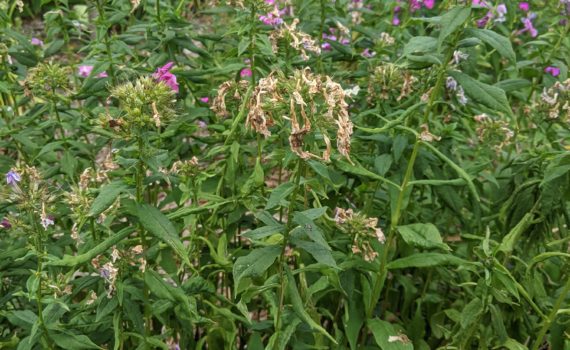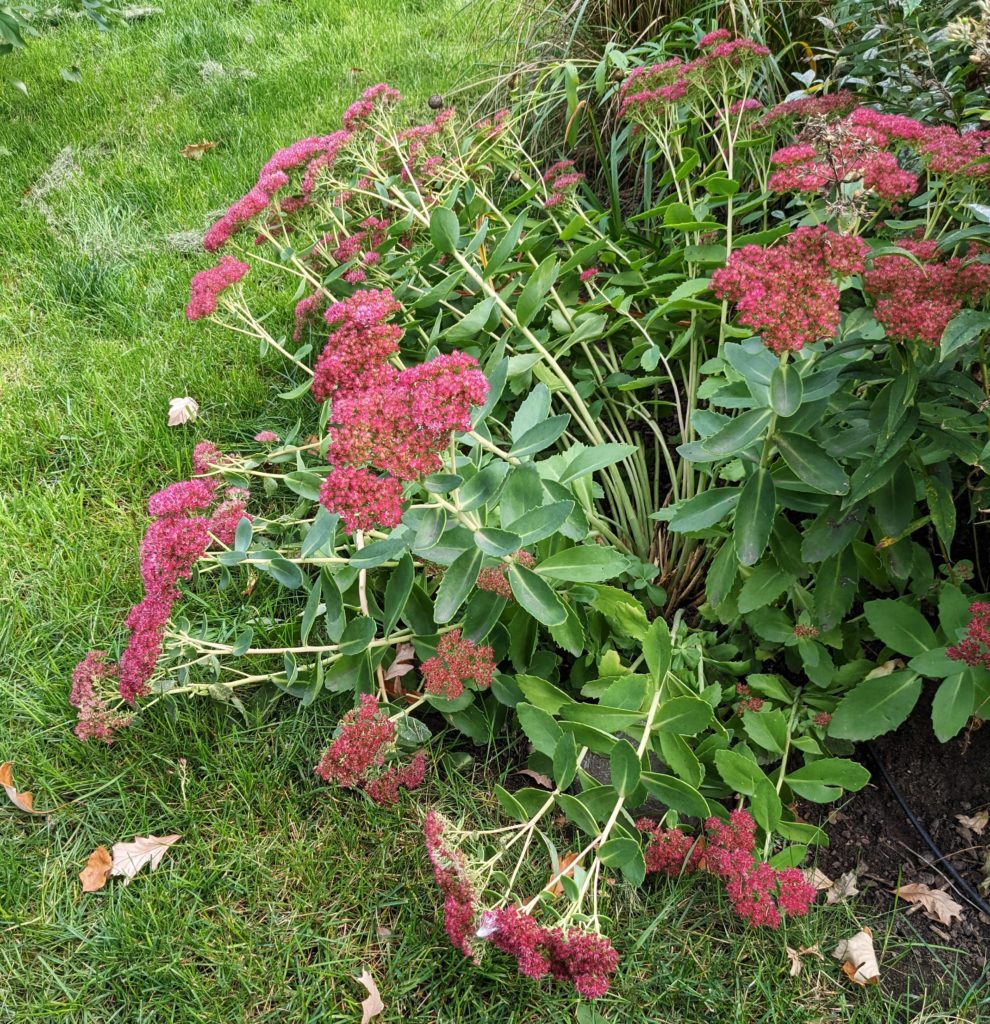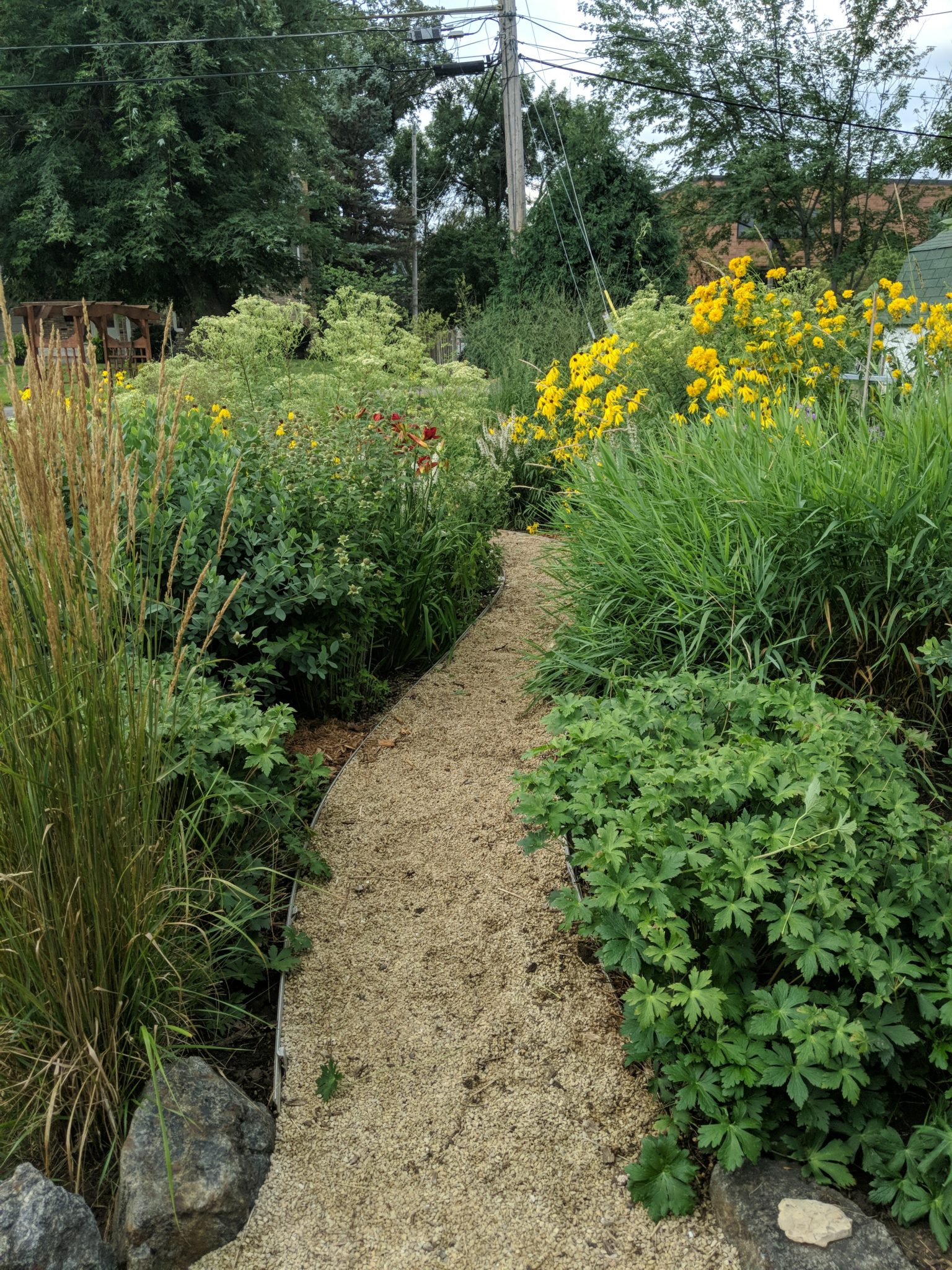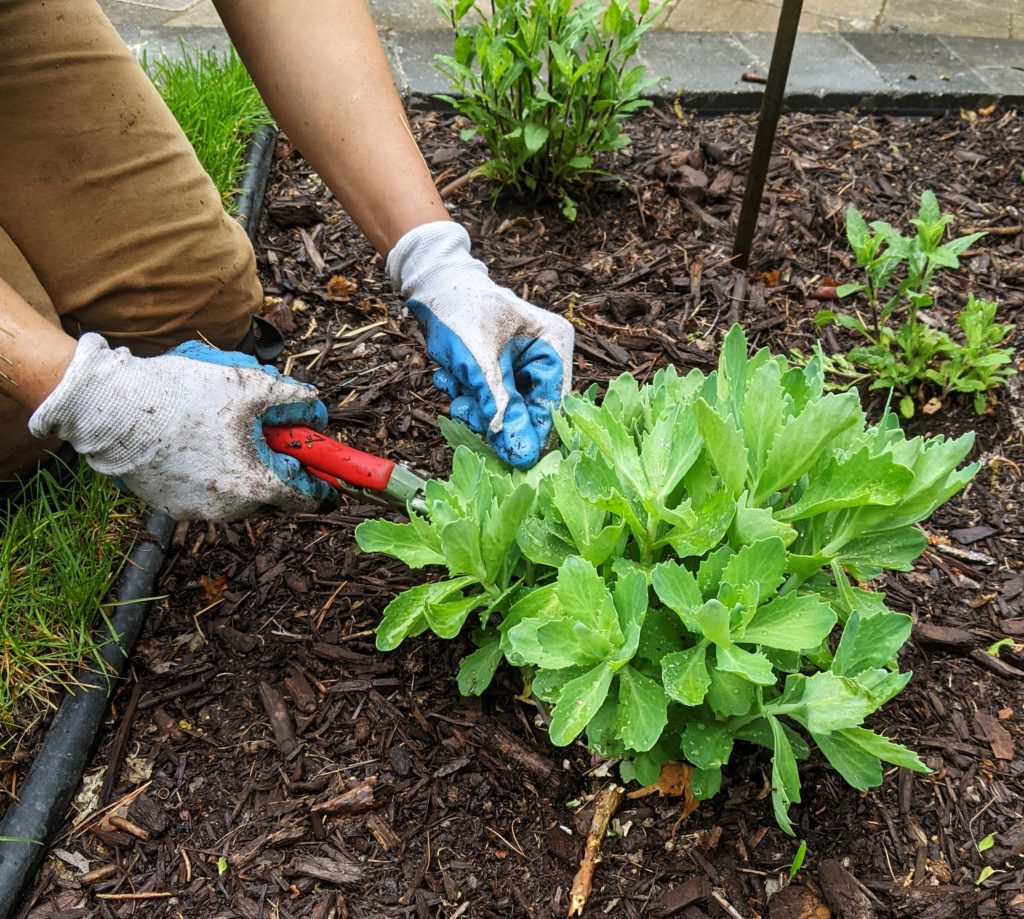Timely Tasks: Pinching Perennials
While the spring rapidly takes off into summer, there are a variety of tasks that may be easy to skip as they don't have an obvious purpose today but make a big difference later in the season. Pinching is one of those tasks.

The lovely color of upright phlox can be short-lived without pinching to promote longer blooming.
Pinching for Blooms
Perennials that have a short bloom time can be encouraged to lengthen it by alternating pinching. Removing some of the buds from a late bloomer encourages the plant to form new buds which will bloom slightly later than the surrounding ones for longer interest. Gardens in which banks of individual varieties of flowers are planted in waves particularly benefit from this, as it helps emphasize that design feature. Asters, monarda, phlox, and others can benefit from pinching for this reason. In many cases pinching individual stems also creates more flower buds per stem, increasing the overall flowering as well.
Pinching for Flopping
Some perennials can have a tendency to grow too tall too fast and then flop over when they start to bloom in later summer or autumn. This can happen for a few reasons, either due to the habit of the plant or conditions in the garden. Some perennials are prone to flopping because they are native to prairies and require close neighbors to help hold them up. For these, pinching can help, though not always because these plants are often also adapted to being eaten by grazers and will then send out prolific new growth.
Other plants that can flop due to conditions are upright sedums that actually require very poor soil conditions. With too many nutrients in rich garden soil, these plants can get too tall too fast and then flop open when their flower heads start to form in the late summer. To prevent this from happening, pinching in May or early June can help encourage stronger, bushier stems that can better support their broad flowerheads.


Pinching for Size
As plants mature in the landscape over a number of years, their full size can outpace that of design for the garden bed. Sometimes pinching is sufficient as a maintenance practice to control size rather than removing the entire plant.
Joe Pye weed is a good example of a tall perennial that can sometimes end up being much larger than originally intended, with many cultivars available ranging in size from 3 to 8 ft high. While pinching won't correct a huge height difference, it can promote tidier growth in the 6-12in range.
To Pinch, or Not To Pinch?
Late summer and autumn blooming perennials with soft stems are usually good candidates for pinching, including yarrow, asters, coneflower, upright sedum, and daisies. Extending blooms on bee balm, penstemon, and upright phlox can be accomplished with early pinching. Joe Pye and goldenrod can benefit from pinching to control their mature size.
While pinching is often a helpful technique to promote strong growth, it needs to be done selectively. If a plant is struggling, pinching can do more harm than good by stressing the plant even more. Avoid pinching if conditions are very dry and hot, or if plants are showing signs of stress already. Be sure that it's not too late in the season to pinch, as at a certain point there won't be time for the plant to recover and bloom reliably.

By practicing perennial pinching, you can enjoy the beauty of extended garden blooms throughout the year!
